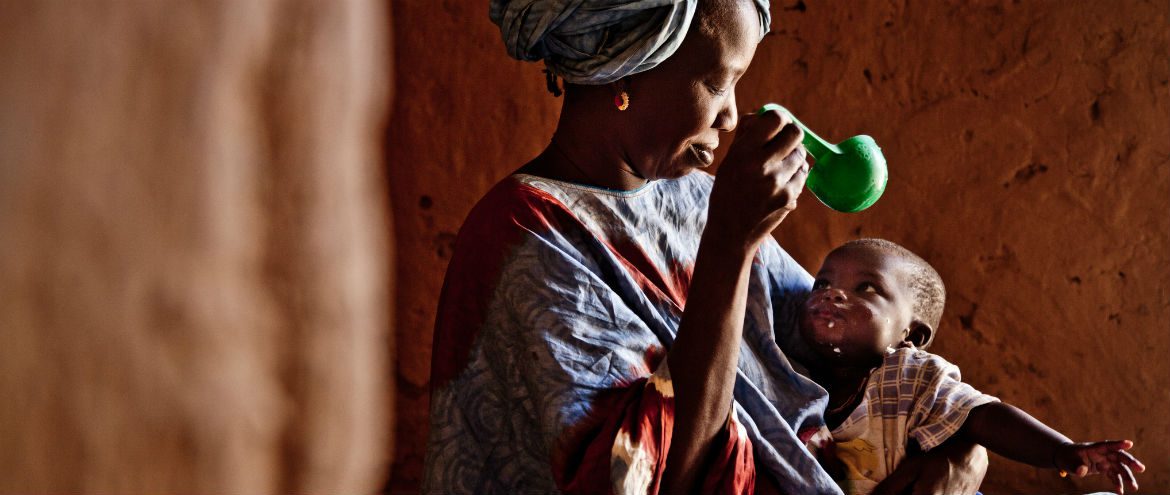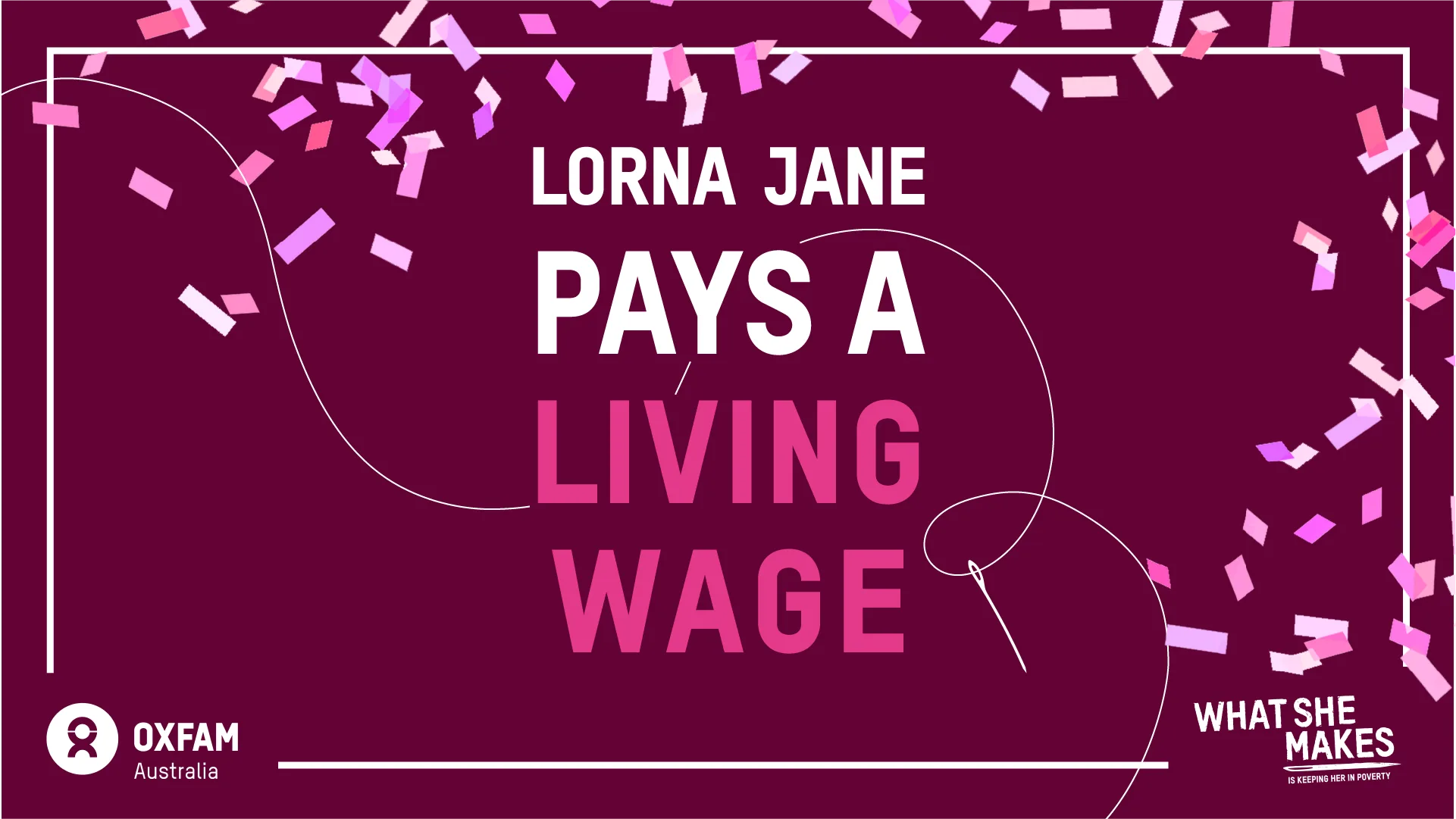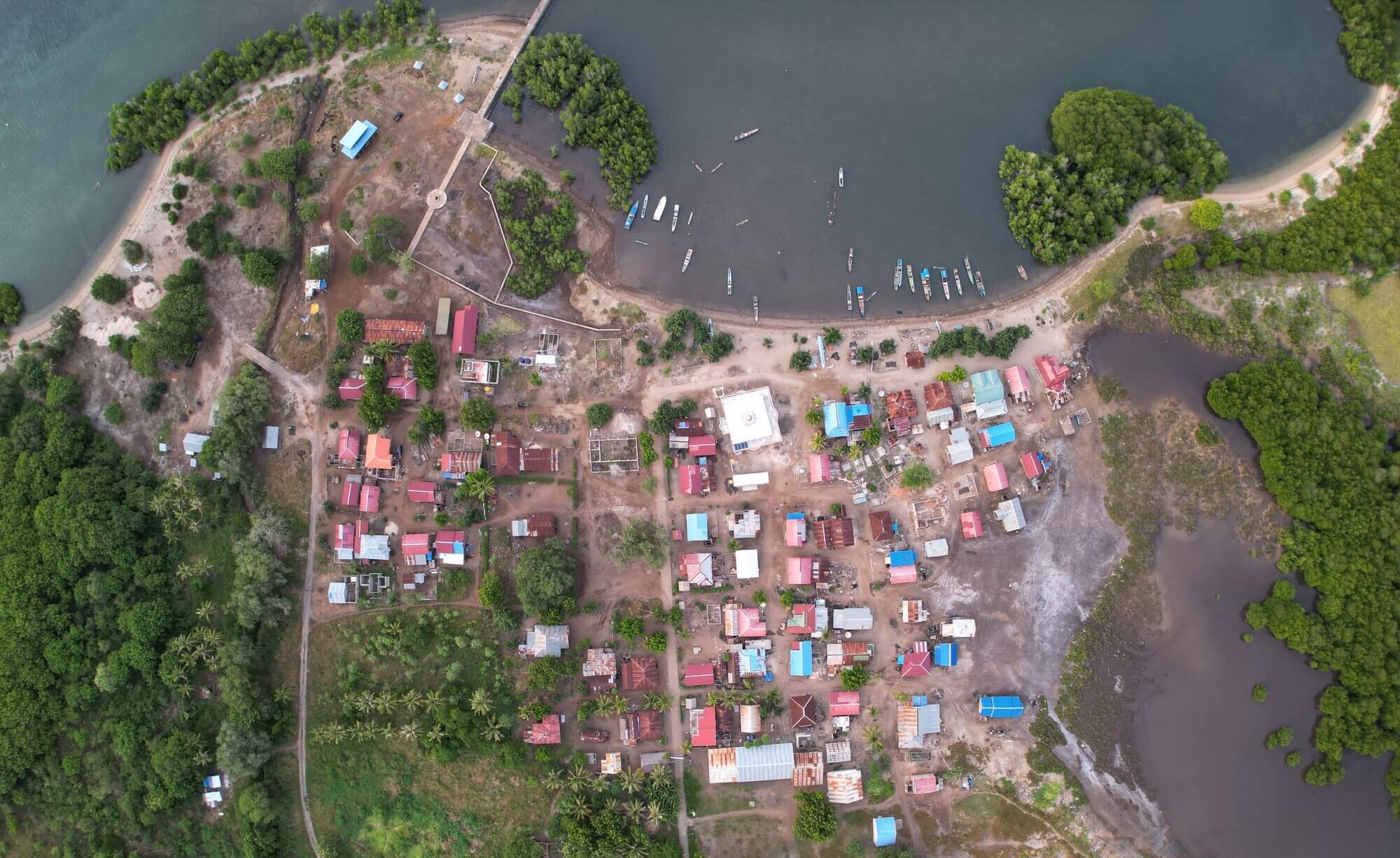Too many people still go hungry around the world. It can seem like an uncontrollable problem. It’s certainly a serious one with one in nine (or 795 million) people going to bed hungry every night.
In Indonesia, one of our nearest neighbours, one in five children under five-years-old are significantly underweight. The impacts on their health, their development, and their capacity to learn, can be profound.
It’s a pretty big problem. But we can’t just put it in the “too hard” basket. And thankfully, there are things each of us can do, even at school. Things that tie-in with who we are, our interests, and the people we meet. We just need to think laterally.
So that’s what we’ve been doing.
Oxfam helps schools run Hunger Banquets, an eye-opening activity which gets students talking about poverty and hunger. A Hunger Banquet involves students being split into global income groups, and being fed a meal based on their assigned social and economic status.
Receiving a meal according to whether you are in a high, medium or low income group helps students visualise global food inequality in a personal and tangible way.
Here’s how it works:

A Hunger Banquet in action
Melbourne’s William Angliss Institute recently hosted an awesome Hunger Banquet in March; this included 65 senior VCAL students raising awareness and funds for Oxfam’s Food and Climate Justice campaign work.
The William Angliss Institute is a TAFE college for hospitality, tourism and culinary arts, making the issue of food distribution and hunger very pertinent for their students’ studies.
“Our students are the future of the hospitality industry and have a particular interest in food sources, environmental impact, and cultural diversity,” said William Angliss’ Youth Learning Coordinator, Marisa Marchant.
“We wanted to raise awareness of these topics as well as much needed funds for Oxfam.”
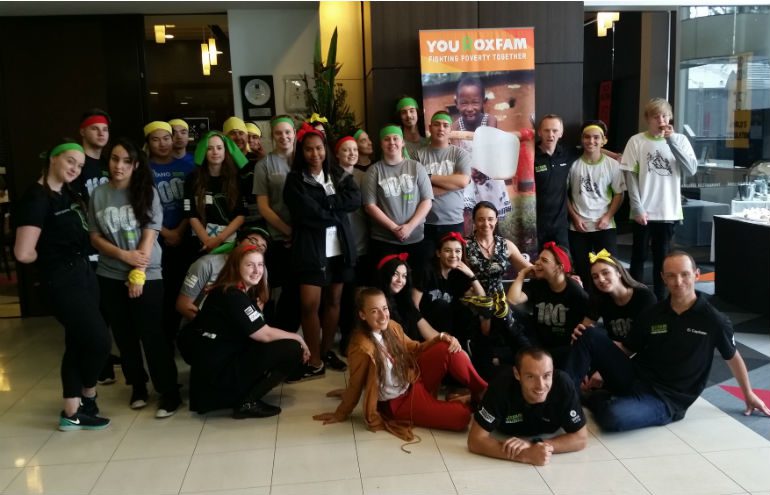
For the meal, the low-income group were served plain rice with water, the middle-income group were served rice and beans with a cup of water, and the high-income group were served pasta, salad and rolls with juice. Throughout the meal a bell was sounded every four seconds to represent a person dying from a hunger-related disease.
At the end of the banquet, students could purchase Fair Trade muffins for a gold coin donation to satisfy their hunger and raise money for Oxfam. The group raised more than $1,200; money that can be used to improve sustainable farming methods to help provide more food in places like Indonesia.
Just as the William Angliss Institute tailored their hunger banquet to their group, so too can you!
The how-to-guide provided when you register your own Hunger Banquet gives heaps of ideas on how you can fine-tune your hunger banquet. From ideas on the food you can serve to additional layers you can add to give the event extra meaning.
World Food Day is Sunday 16 October, the beginning of Term 4. As the bell rings for lunchtime at your school, consider how you and your school can help people living in poverty. So sign up your class, your year level, or go the whole hog and sign up your school today.
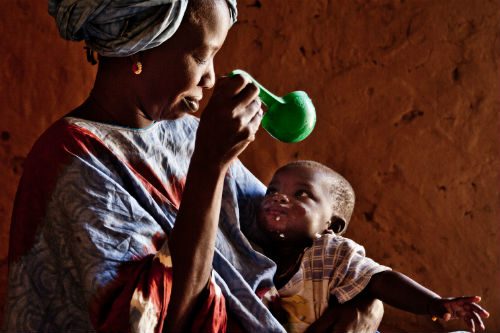
Register a Hunger Banquet
The Hunger Banquet is designed for students of all ages to actively plan and run their own event involving a class, a year level or the whole school.
